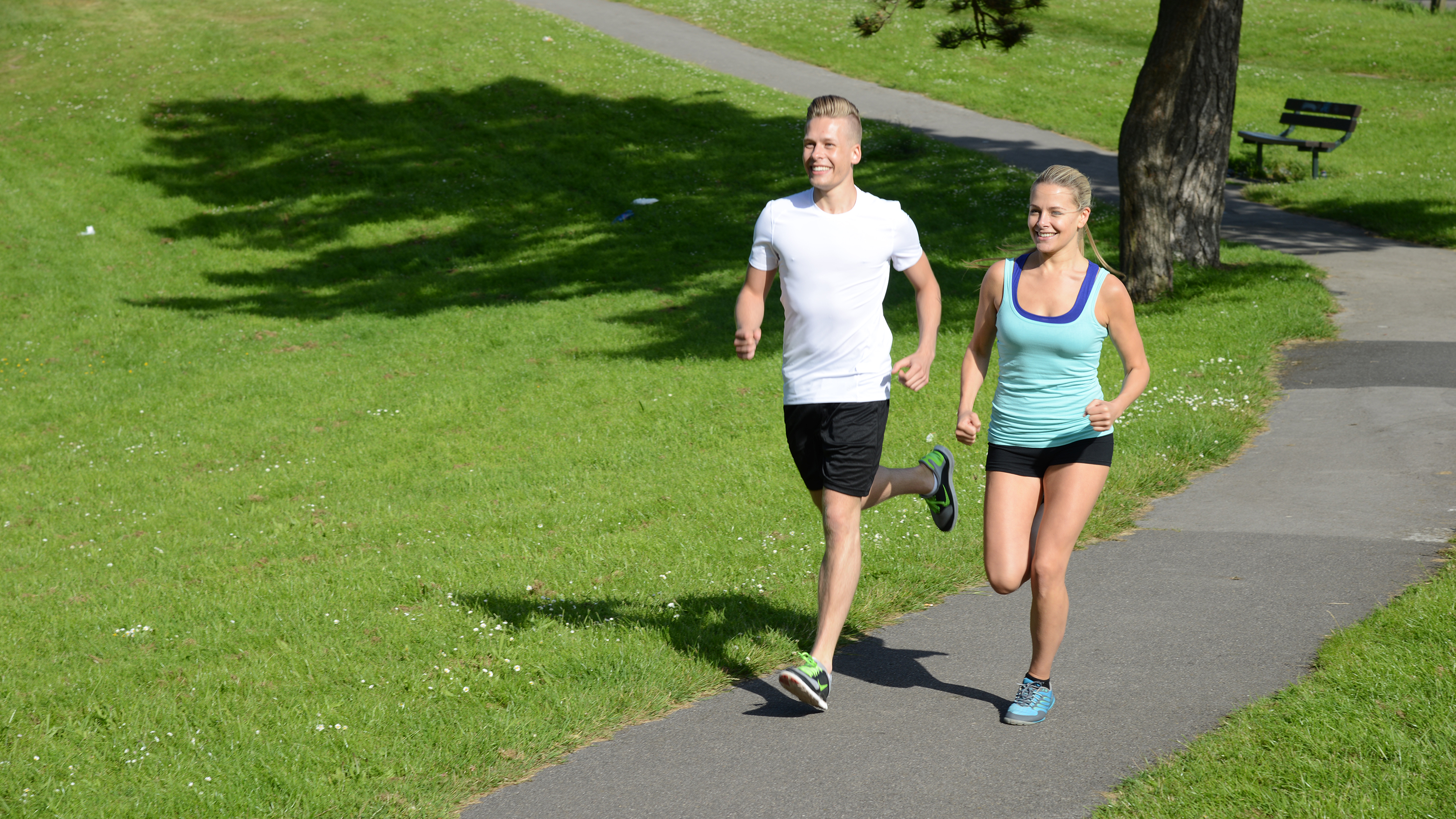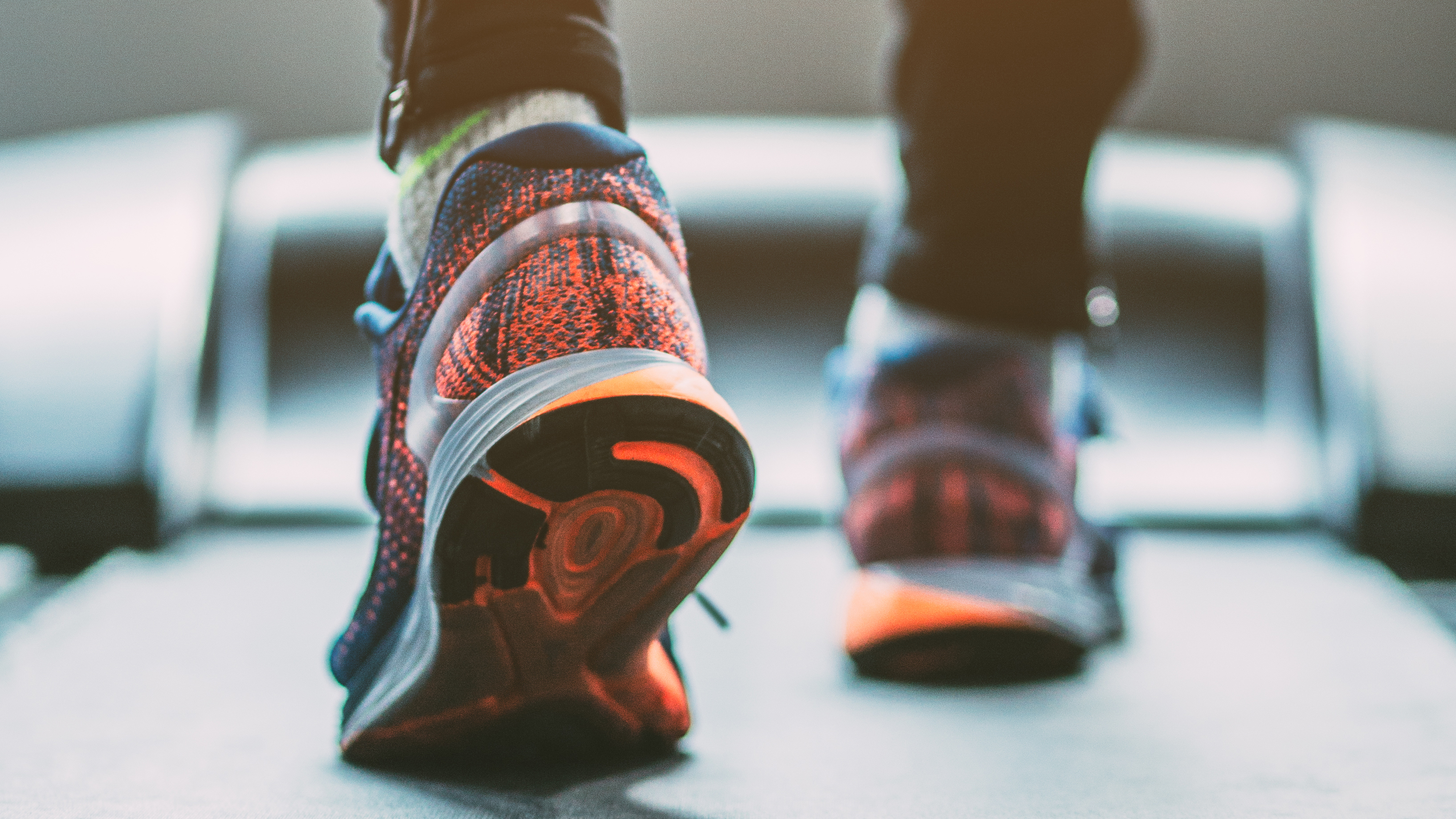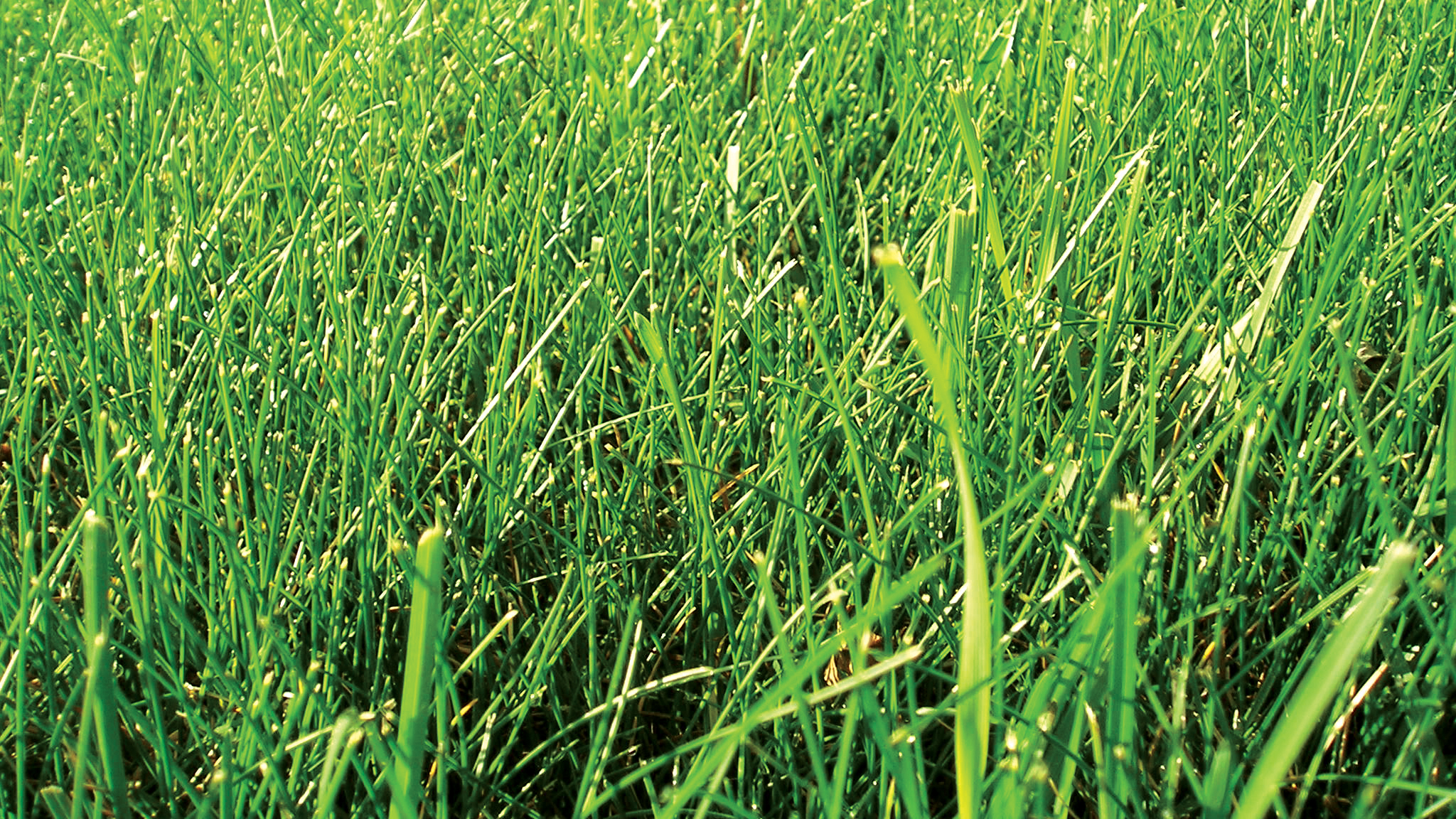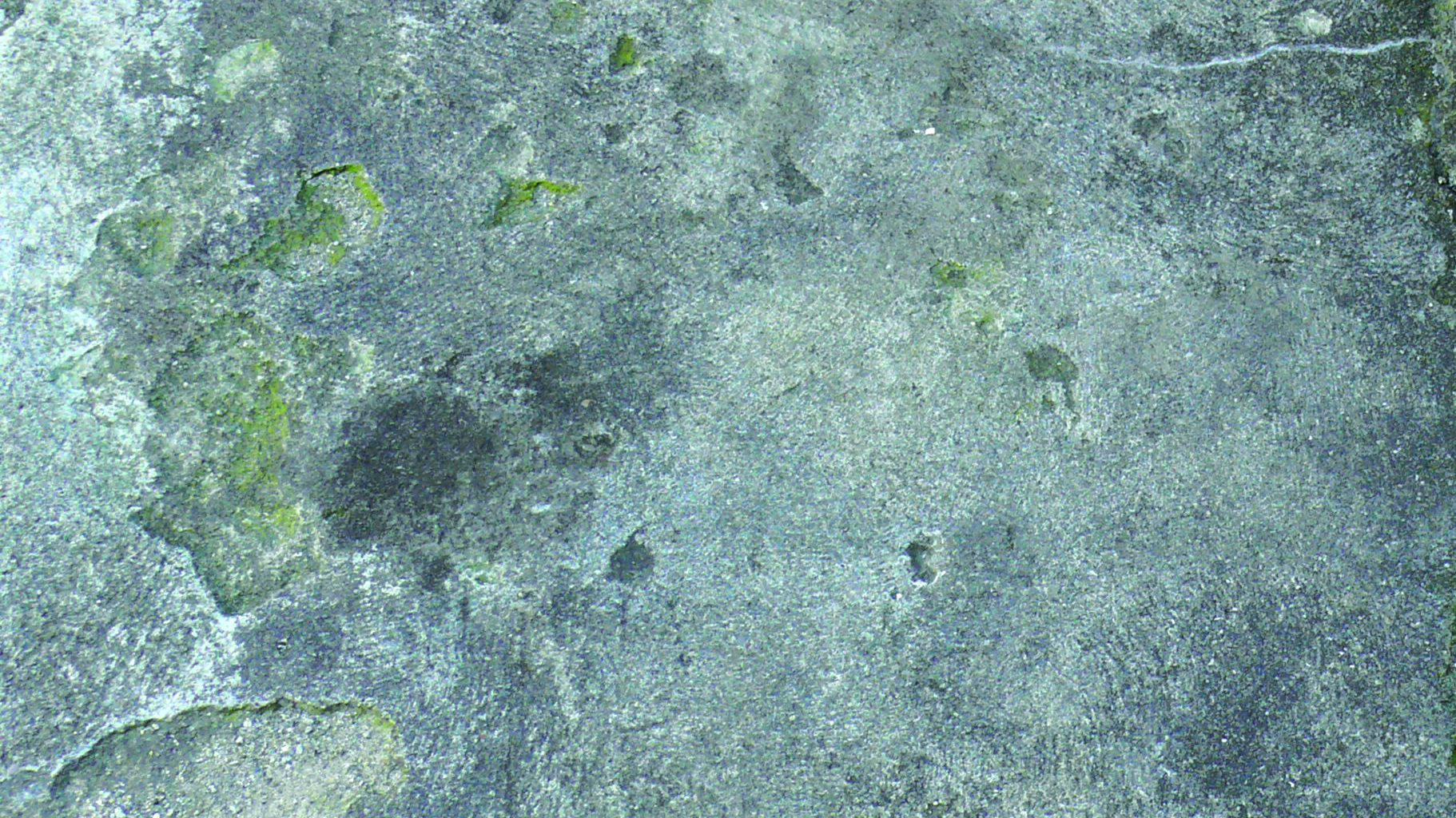Running on different surfaces: Benefits and disadvantages
Explore different types of running terrain, and their pros and cons

Running is the only sport that can be done anywhere, on any surface. The key is finding a route and a terrain you are happy running on, and provides you with the best workout possible.
For those new to running, you may find tarmac too much of a shock to your body. It has no give to it, and the relentless beating down with your feet can lead to injury that no amount of shoe cushioning can compensate for.
Running on softer ground is kinder to your joints, but is harder work, requiring greater effort, which your body may not be able to give straight away. The solution is to try out a variety and see what suits you best, and what is accessible to you so that you can realistically fit it into your schedule.
The other benefit of running on different surfaces is that some are more effective than others when it comes to burning calories. The tougher the terrain, the more your muscles and bodywork, resulting in a greater calorie burn.
Read our guide to the different surfaces available to you as a runner, and see which ones suit you and your circumstances. Even better, go and try them out for yourself!

1. Treadmill
Pros:
- See the calories on the screen as you burn them off
- Suitable all year round
- Vary the pace and incline to suit
- Joining a gym can help with motivation if you’re paying for it
- Smooth, well-maintained surface
Cons:
Start your week with achievable workout ideas, health tips and wellbeing advice in your inbox.
- Expensive to buy one for home
- You will need to join a gym, so not always cost-effective
- Not as tantalising on the eyes as an outdoor run
- Hot, and it can be harder than outside with a breeze
Perfect for those winter months and when you’re first starting out. You can vary the pace and incline, so this is the beginner’s dream piece of equipment.
2. Trail
Pros:
- Limited impact on the body
- Fairly even ground if you stick to the path, so reducing chance of injury
- Great locations are perfect for kids to ride bikes along with you or for dog walks
- A good calorie burn and the time flies by
Cons:
- Watch out after rain, as leaves and ground can become slippery
- If you go off-route, watch out for tree roots and other hazards
- Stick to the marked trail, or you could end up miles from your finishing point
Great for a run filled with a variety of ground like gravel, wood chippings and sand. Many trails found in woodlands have marked out routes so you can run in a safe environment.

3. Grass
Pros:
- Softer on your joints, and good for older runners or those with an injury
- Harder workout on your muscles, helping to tone up quicker
- Open space gives you a sense of freedom
Cons:
- Uneven ground can cause havoc on your ankles and feet, ending up in injury
- Not the best surface after heavy rain, as it can become slippery or boggy
- Hard to find flat open land you can run on that is well lit, so be careful
A good running surface when kept short and flat, but watch out for any hidden holes that could sprain an ankle. Well-kept grass, such as a golf course or football field, will be in top condition, but be careful on longer grassland, as this can hide hazards.

4. Sand
Pros:
- Try barefoot running – a good feeling, but beware of sharp items hidden in the sand
- Great for strengthening muscles
- A good calorie burn
- Great scenery
Cons:
- Busy location, so time your runs well
- Soft sand can lead to ankle/Achilles injuries
- The wetter sand is usually more angled, so run in both directions for an even workout
- Uneven surface, so higher chance of injury
A hard workout, but soft on your joints – perfect for runners who want to work harder or recovering from an injury. Choose from deep soft sand for a calf workout, or wet flatter sand.

5. Concrete
Pros:
- Right on your doorstep
- Most routes are well-lit at night
- You can pick a route according to its specific length
- Easy to work into your schedule, via the school run or commute home
- Fairly flat and well maintained
Cons:
- High chance of injury with kerbs, dodging other people and traffic
- High-stress impact on your joints, muscles and bones, especially for beginners
- Uneven ground and can be very slippery when wet
The most easily available of running surfaces, but it does put the most strain on the body. Buying well-supported trainers can help with shock absorption.

6. Tracks
Pros:
- Good for measuring distances
- Fairly flat, even ground
- Better for speed work
- Well maintained, so limited risk of injury
Cons:
- Not suitable for long-distance running
- Hard to get an opportunity to run on one unless part of a running club
- You may need to pay to run
Distances are clearly marked, so tracks are perfect if working on a specific distance plan. It is also good all-weather material, as it is made from synthetic materials.
Launched in 2020, Fit&Well.com is all about helping you meet your health and fitness goals in ways that are fun and achievable. With news and features on fitness, weight loss, running, nutrition, yoga, wellness and more, we're committed to helping you wherever you are on your fitness journey. We break down the best fitness tech, with reviews, buying guides and the latest deals on fitness and wellness kit, from dumbbells to diffusers.
We cater for all difficulty levels here. It doesn't matter if you're a beginner in the world of fitness or you're gearing up for your tenth marathon: we're all moving towards the same goal – creating a healthier, happier you. From guides on getting started doing walks around the block, to creating the perfect work-from-home space, to eating to fuel your first triathlon. It's all here.

